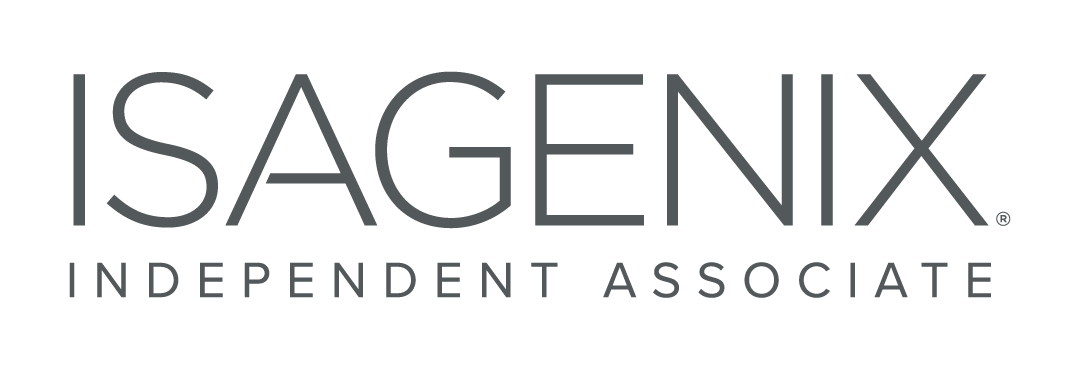Be honest with yourself for a moment and answer this question: did you accomplish your fitness goals this year?
With the cooler months just around the corner, many of us are sitting back and realizing that we didn’t take the goals we set at the beginning of the year very seriously. We may have missed gym sessions, indulged in those chocolate treats and put our fat-loss vision off until next week.
If this scenario hits a little too close to home, don’t worry — we’ve all been there! With a handful of months left within the year, now has never been a better time to take charge of our health and start 2020 on the right foot. Located below is a comprehensive framework that will transform the way you eat, the way you view food and how you feel about your physique!
The Power of Fasting
In the early years of fitness, many of us had the misconception that we should eat small meals every two or three hours. This belief was birthed on the idea that our body needed optimum nutrition around the clock to ensure that we built quality muscle and burned unwanted fat stores.
While you can certainly transform your body and your health following this method, many have found that fasting for a large portion of their day made their dreams become a reality.
Here’s how it works:
However, it should be noted that the benefits of fasting are nothing new to the scientific world. In fact, the Encyclopedia Britannica exclaims that the practice can be dated as far back as the 5th century BCE. Fast forward to our modern era and we can see health enthusiasts and athletes using modified fasting frameworks as a means of curbing their appetite and making weight loss occur much easier.
One of the major problems that we all face when trying to lose weight is reducing the amount of calories we consume on any given day. Sure, eating a balanced diet may come easy during the early morning and afternoon hours, but once the evening rolls around and we’re exhausted, hunger takes over.
Ever had the experience of craving a high-calorie foods like cake, cookies or ice cream right before you fall asleep? This occurs because our mental discipline is a finite resource that gets drained throughout the day when we make important decisions.
Intermittent fasting excels by allowing participants to feel satiated for longer periods of time. After we eat a large meal, many of us find that our brain no longer sends signals to our body that it’s time to look for a food source.
When we can prolong the period of time in which we don’t eat, we can place our meals in a smaller window in which to consume them. This practice allows us to remain full and comfortable even though we’re consuming a smaller amount of calories.
Fighting Hunger Pangs

Tea with lemon and mint
The first obstacle that we will inevitably experience once we adopt the fasting framework is our stomach telling us it’s time to get something to eat. Readers should note that this feeling, although slightly uncomfortable and distracting, comes as a result of habitual behavior performed over the entirety of our lives.
Think about it for a second: any time that we became hungry in the past, we never hesitated to eat a meal or pick up a snack. These habits were formed over years and will require time to change them moving into the future.
Lucky for us, there are certain items we can use that will fight these cravings and keep us within the fasted state. Located below are some dietary suggestions that will fight off hunger pangs while maintaining our framework:
- Black coffee
- Green Tea
- Zero-calorie gum
- Water with lemon or cucumber
Each of these choices have been shown to help you stay energized and fight back against food cravings. The next time your hunger starts to get the best of you, choose one of these alternatives and watch how quickly those sensations dissipate.
The Framework Explained
Intermittent fasting relies on a 16-hour fasting window followed by an 8-hour window in which to eat your food. For most of us, this means our final meal should be consumed by no later than 8 p.m.
The next day, we should opt out of eating breakfast and grab a black coffee or tea instead. The caffeine in these beverage will allow us to remain energized as we start our workday while also fighting off food cravings that are lingering from the night before.
Once we make it to noon, we can have our first meal of the day. This is where you can choose how to break your fast and which items you would enjoy consuming. A word of caution: don’t make the mistake of over-consuming calories simply because you’re in a hungered state of mind. Instead, opt for foods that are high in fiber and rich in quality protein.
These two additives have been shown to create the sensation of feeling full even when consuming smaller portion sizes. Health meals such as chicken salads, snacking on pears and strawberries and putting avocado on top of your toast will not only make you feel great, but they will slowly transform how your body looks and operates throughout your day.
Make the Remainder of the Year Count!

Intermittent fasting can lead to weight loss
It’s easy to get down on ourselves on account of another year that may have been wasted, but there’s still opportunity waiting for us! Let this be the last day that you waste away your potential, or tell yourself that “you’ll get around to taking care of yourself tomorrow.”
After reading this article, make a list of things that you want to change in the following weeks and months and dedicate a small portion of your day to making these goals become part of your reality. Making small, incremental progress is the key for achieving lifelong results!
And when dealing with your diet, try intermittent fasting. Although it may seem daunting at first, realize that you can do anything that you put your mind to. Separate yourself from the general population and become one of the high-level individuals that makes their health and fitness a top priority!



 Clicker ici pour un consultant Francphone.
Clicker ici pour un consultant Francphone.